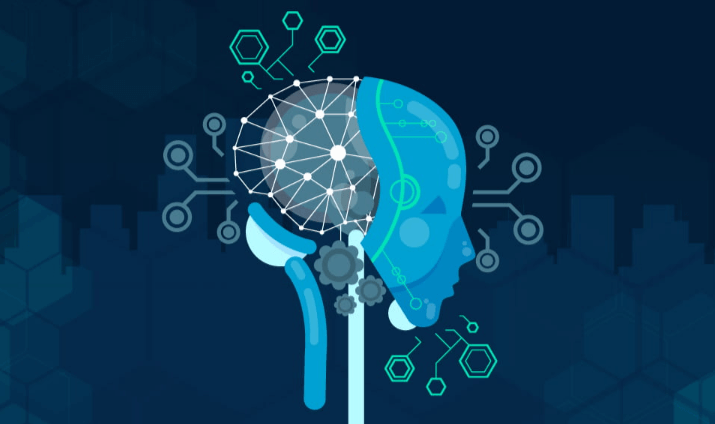What are the implications of the widespread adoption of 5G technology for businesses and consumers in the USA?

Introduction
The rollout of 5G technology marks a new era in connectivity, promising faster speeds, lower latency, and increased capacity. This advancement has significant implications for both businesses and consumers in the USA. In this article, we’ll delve into the transformative effects of 5G, examining its benefits, potential challenges, and the broader impact on society.
Understanding 5G Technology
5G, the fifth generation of wireless technology, offers unprecedented speed and connectivity. Unlike its predecessors, 5G uses higher frequency bands, enabling faster data transmission and supporting a larger number of connected devices.
Benefits for Businesses
- Enhanced Communication: Businesses can leverage faster and more reliable communication, improving operations and customer interactions.
- IoT Integration: With 5G, the Internet of Things (IoT) can expand significantly, enabling smarter infrastructure and more efficient resource management.
- Remote Work Efficiency: The improved connectivity supports remote work, providing seamless video conferencing and collaboration tools.
Implications for Consumers
- Faster Internet Speeds: Consumers will enjoy quicker downloads and streaming, enhancing entertainment and online experiences.
- Improved Mobile Experiences: Mobile apps and services become more responsive, providing a better user experience.
- Smart Home Advancements: 5G supports smart home devices, making automation and control more efficient.
Challenges and Considerations
While the benefits are clear, the adoption of 5G also presents several challenges:
- Infrastructure Investment: Deploying 5G requires substantial investment in new infrastructure, including more cell towers and upgraded networks.
- Security Concerns: The increase in connected devices can lead to more vulnerabilities, necessitating robust cybersecurity measures.
- Digital Divide: Ensuring equitable access to 5G technology across urban and rural areas remains a significant challenge.
Impact on Industries
Healthcare
5G has the potential to revolutionize healthcare by enabling telemedicine, remote surgery, and real-time patient monitoring, improving patient outcomes and access to care.
Automotive
In the automotive sector, 5G supports the development of autonomous vehicles, enhancing safety features and enabling real-time data sharing for smarter navigation.
Manufacturing
Smart factories benefit from 5G through enhanced automation and real-time data analytics, optimizing production processes and reducing downtime.
Future Trends in 5G Adoption
- Expansion of IoT: The IoT ecosystem will expand, with more devices connected than ever before, leading to smarter cities and efficient resource management.
- Increased AR/VR Usage: 5G’s low latency supports augmented and virtual reality applications, transforming industries like gaming, education, and training.
- Edge Computing: With 5G, edge computing becomes more viable, allowing data processing closer to the source and improving response times.
Conclusion
The widespread adoption of 5G technology in the USA is poised to bring significant benefits to both businesses and consumers. While challenges exist, the potential for innovation and improved quality of life is substantial. As 5G continues to expand, its impact will be felt across various sectors, reshaping the way we live and work.
FAQs
- What is 5G technology? 5G is the fifth generation of wireless technology, offering faster speeds, lower latency, and greater capacity for connected devices.
- How will 5G affect businesses? 5G will enhance communication, support IoT integration, and improve remote work capabilities for businesses.
- What benefits will consumers experience with 5G? Consumers will enjoy faster internet speeds, improved mobile experiences, and advancements in smart home technology.
- What challenges does 5G adoption face? Challenges include infrastructure investment, security concerns, and ensuring equitable access across different regions.
- How will 5G impact the healthcare industry? 5G will enable telemedicine, remote surgery, and real-time patient monitoring, improving healthcare delivery.
- What future trends are expected with 5G? Future trends include the expansion of IoT, increased use of AR/VR, and the growth of edge computing.





